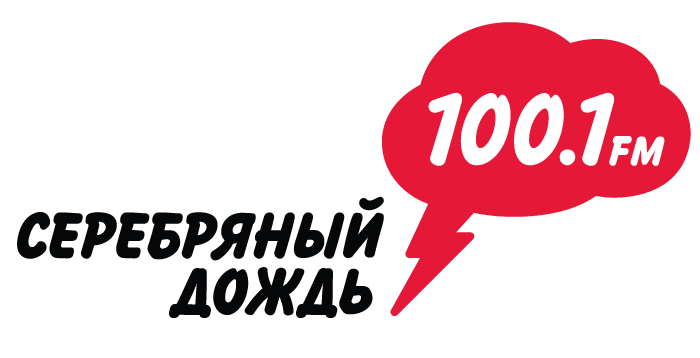Classics of Croatian Photography
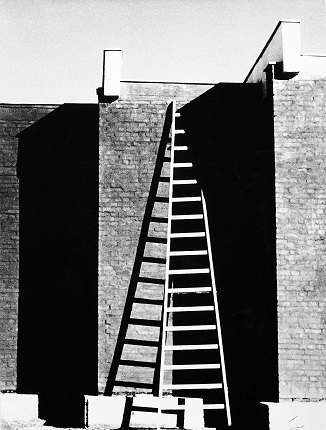
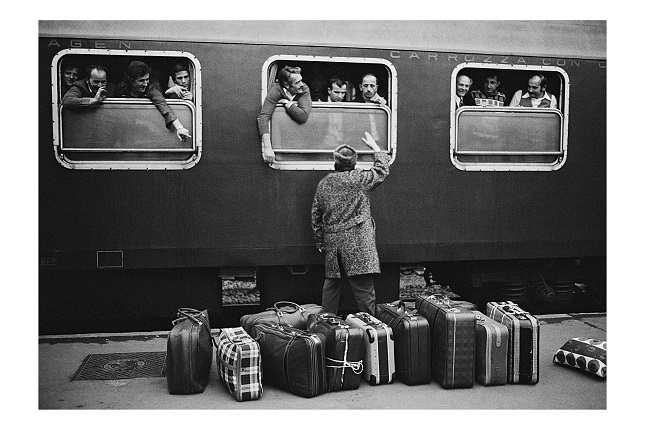
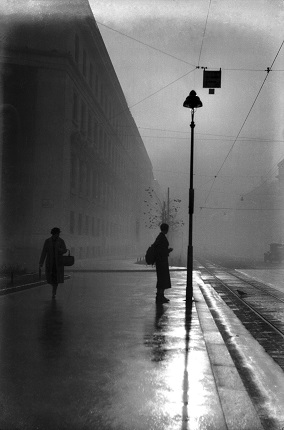
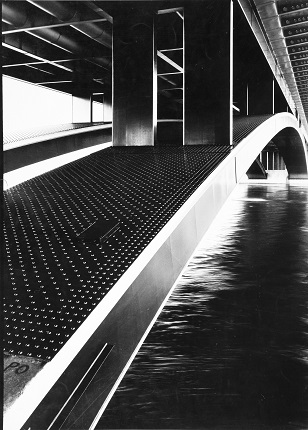
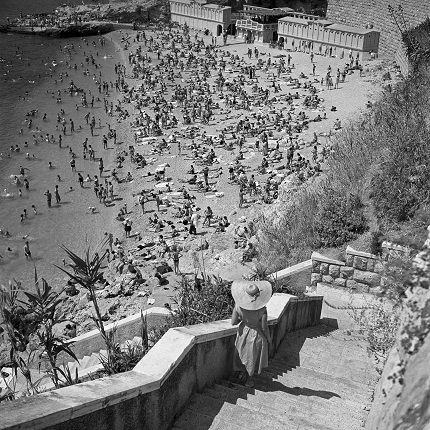
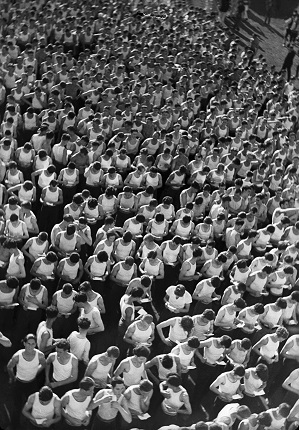
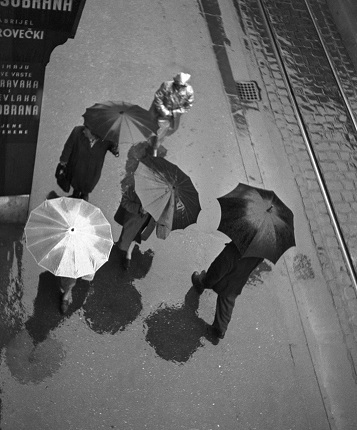
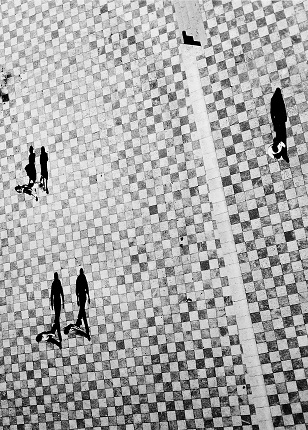
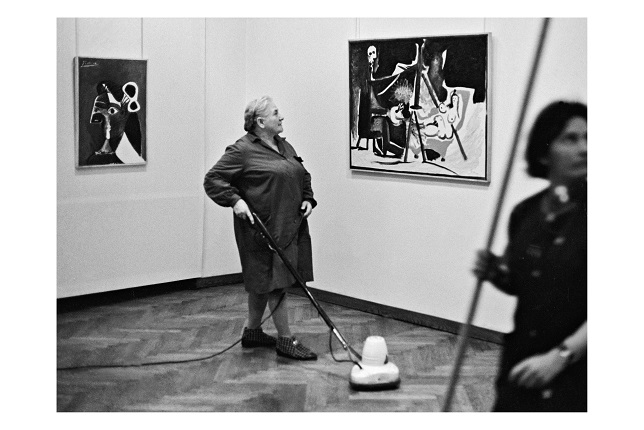

Slavka Pavić. Composition I, 1956. Courtesy of the Museum of Arts and Crafts, Zagreb, Croatia
Mladen Tudor. Return of labour migrants, 1978. Courtesy of the Museum of Arts and Crafts, Zagreb, Croatia
Đuro Janeković. In front of the stock exchange. Circa 1934. Courtesy of the Museum of Arts and Crafts, Zagreb, Croatia
Milan Pavić. Steel lines, 1962. Courtesy of the Museum of Arts and Crafts, Zagreb, Croatia
Tošo Dabac. Dubrovnik, Circa 1950. Courtesy of the Museum of Arts and Crafts, Zagreb, Croatia
Đuro Janeković. Massed Sokol members wait behind the stand for their turn, 1934. Courtesy of the Museum of Arts and Crafts, Zagreb, Croatia
Tošo Dabac. On the street. Zagreb, Croatia, circa 1937. Courtesy of the Museum of Arts and Crafts, Zagreb, Croatia
Slavka Pavić. Strollers, 1957. Courtesy of the Museum of Arts and Crafts, Zagreb, Croatia
Mladen Tudor. Zagreb, 1967. Courtesy of the Museum of Arts and Crafts, Zagreb, Croatia
Moscow, 28.06.2019—28.07.2019
exhibition is over
Share with friends
For the press
Classics of Croatian Photography
28 June 2019 — 28 July 2019
Strategic partner of the museum: Mastercard
Curator: Dunja Nekić
As part of the XI Moscow International Biennale ‘Fashion and Style in Photography-2019’ the Multimedia Art Museum, Moscow and Museum of Arts and Crafts, Zagreb present the exhibition ‘Classics of Croatian Photography’.
This exhibition project dedicated to the history of Croatian photography includes 80 works by the most important photo artists of the country. Among these are photographs by Tošo Dabac and Đuro Janeković from the 1930s and those of Milan and Slavka Pavić from the 1950s, as well as documentary footage by Mladen Tudor of the 1970s and 1980s.
The history and development of Croatian photography can be traced almost to the origins of this art form. Louis Daguerre introduced his new invention to the French Academy in 1839, and already in 1840 there is a record of Demeter Novaković the first Croatian daguerrotypist, who studied with Daguerre himself in Paris. Thanks to Novaković the first images of Zagreb appeared before photographs of many other European capitals.
Until 1918 Croatia was part of the Austro-Hungarian Empire, and in the sphere of visual arts and photography too Vienna exerted a direct influence. In the era of modernism the dominant direction in Croatian photography was pictorialism, but during the First World War photojournalism became the major genre, facilitating the documentation of events and quickly transmitting information from the field of military action for publication in periodicals.
In the interwar period the most famous photo correspondent was Franjo Mosinger, the first newspaper editor in the Department of Photography. He was instrumental in organising an exhibition in Zagreb in 1930, ‘Film and Photo’, which displayed work by the world’s leading avant-garde photographers: Karl Blossfeldt, André Kertész, Man Ray, Alexander Rodchenko, etc. The exhibition generated an unprecedented surge of interest in photography among both amateurs and professionals.
The earliest works shown in the ‘Classics of Croatian Photography’ exhibition were produced in the 1930s by photojournalist Tošo Dabac (1907–1970). At the very onset of his career Dabac took part in the prestigious Philadelphia International Salon of Photography, beside luminaries such as Henri Cartier-Bresson, Margaret Bourke-White and László Moholy-Nagy. Dabac began with the film sketch ‘Vodica za Kurajžu’ (‘Water for Courage’, 1929), going on to become a photojournalist in 1932 and working in this profession until 1947. His photographs make him a historian of Zagreb street life and determined the social direction of Croatian photography, which is characterised by a combination of artistic and documentary qualities.
Đuro Janeković (1912–1976) was also one of the first professional photo reporters in Croatia, and besides that a pioneer in his work with colour. Avant-garde tendencies are clearly visible in Janeković’s pictures, particularly his proximity to the aesthetics of the New Objectivity. Double exposure, pronounced upper and lower camera angles and diagonal exposure were all techniques used by Janeković. Especially interesting are nocturnal shots where the photographer experiments with multiple camera distances.
Janeković began working as a professional photographer while still a student at Zagreb University’s Faculty of Agriculture and Forestry. During those years (1933–1935) he collaborated closely with Tošo Dabac. The subject matter for Janeković’s photos was decided by features in the illustrated newspapers and magazines where he worked. These included ‘Novosti’ (‘News’), ‘Kopriva’ (‘Nettle’) and, above all, ‘Kulisa’ (‘Coulisse’), a bi-monthly magazine with articles on theatre, films, photography, sport and society. Janeković joined the Zagreb Photo Club in the 1930s and participated in exhibitions with his colleagues, both in Croatia and abroad. In the late 1930s he left photography for teaching and became a pioneer of Croatian agroecology. His photographic legacy remained forgotten for many years, but has now gained a new lease of life thanks to the Zagreb Museum of Arts and Crafts, which acquired Janeković’s work for their collection in 2003.
The work of Milan Pavić (1914–1986) forges a link between the prewar and postwar eras. Pavić developed his career as a photographer in the 1930s. The aesthetics of the New Objectivity and ideas of the Bauhaus were highly influential on his oeuvre. However, the larger part of his heritage is comprised of photographs from the 1950s to 1960s, during the postwar reconstruction of Croatia. The building of bridges, launch of ships and laying of new roads shot from the air provide the subject matter, with use of formal techniques from the previous epoch and the linguistic arsenal of Constructivism.
His wife Slavka Pavić (b. 1927) tends towards Subjective Photography, which Otto Steinert, the founder of this movement, defined as ‘the diversity of personal approaches to creating a photograph, from the abstract photogram to profoundly psychological reportage in artistic form.’
Mladen Tudor (b. 1935) belongs to the subsequent generation of photographers. After completing a specialised photographic education at the Zagreb School of Applied Arts he worked from 1957 to 1974 as photo correspondent for various periodicals, becoming a freelance artist in 1974. Images shown at the exhibition from the 1970s and 1980s show his proximity to the aesthetics of Neorealism. The visual language he devised determined the appearance of Croatian reportage photography for the next thirty years.
Works included in the exhibition comprise an original photo chronicle of the last century, reflecting the main artistic directions of Croatian photography, which evolved in close connection with global art trends.



